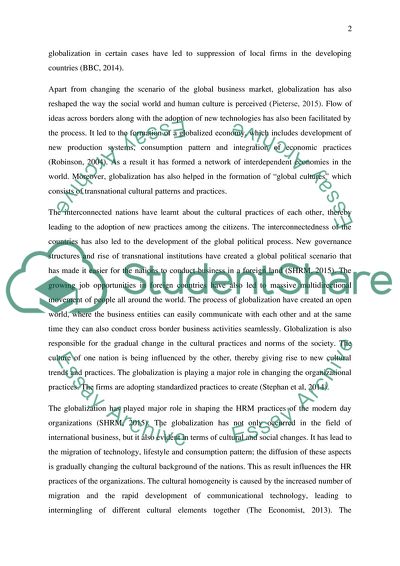Cite this document
(“Globalization and Factors Influence Human Resource Management Essay”, n.d.)
Retrieved from https://studentshare.org/human-resources/1700300-globalization-and-factors-influence-human-resource-management-03192
Retrieved from https://studentshare.org/human-resources/1700300-globalization-and-factors-influence-human-resource-management-03192
(Globalization and Factors Influence Human Resource Management Essay)
https://studentshare.org/human-resources/1700300-globalization-and-factors-influence-human-resource-management-03192.
https://studentshare.org/human-resources/1700300-globalization-and-factors-influence-human-resource-management-03192.
“Globalization and Factors Influence Human Resource Management Essay”, n.d. https://studentshare.org/human-resources/1700300-globalization-and-factors-influence-human-resource-management-03192.


